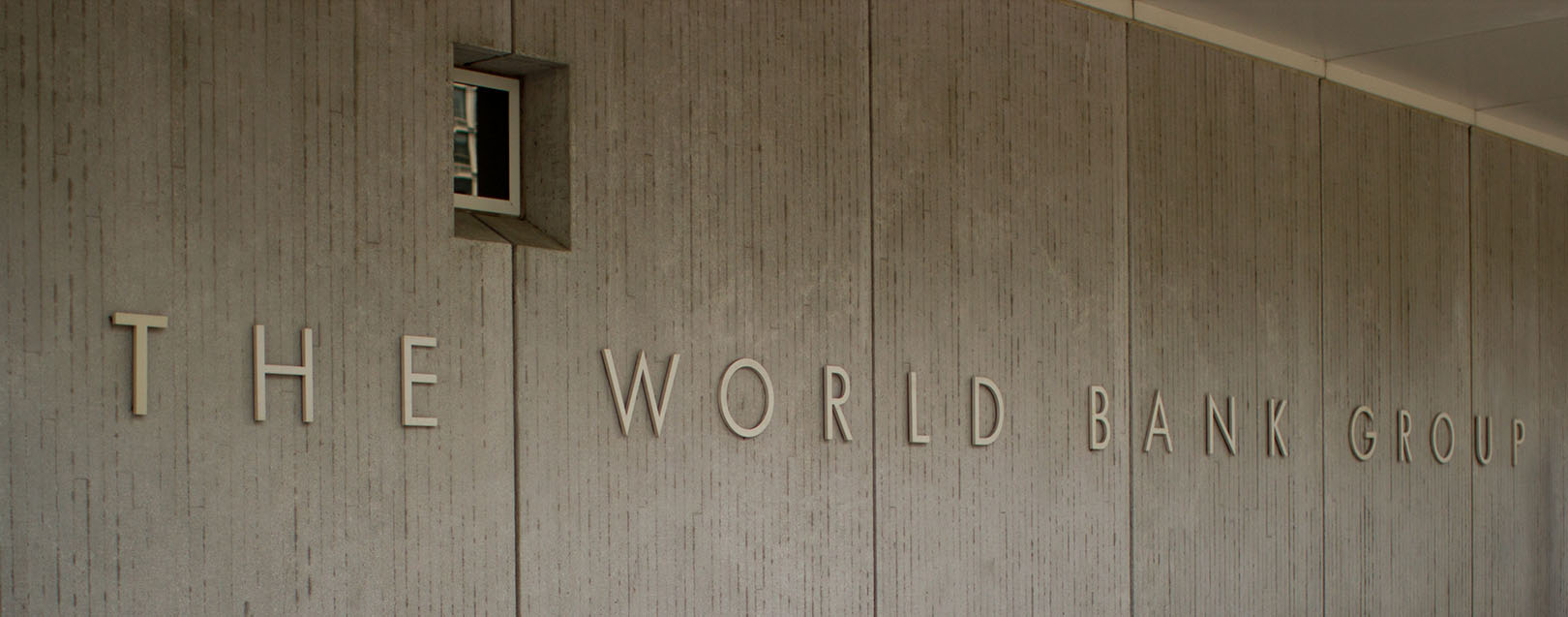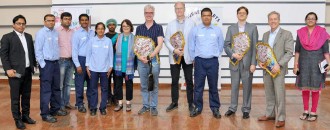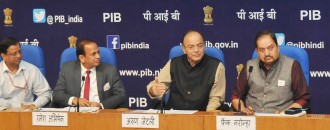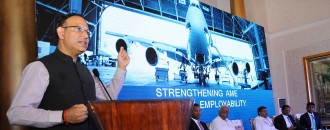
World Bank, Indian Govt sign $650 mn pact for Eastern Corridor Project
The Dollar Business Bureau
India and the World Bank on Friday signed a $650 million loan agreement towards the third loan for the Eastern Dedicated Freight Corridor. The World Bank board had approved the project in June 30, 2015.
The 1,840 km long Eastern Corridor extends from Ludhiana to Kolkata. "The World Bank is supporting the Eastern Dedicated Freight Corridor (EDFC) as a series of projects in which the three sections with a total route length of 1,193 km will be delivered sequentially, but with considerable overlap in their construction schedules. EDFC 3, approved by the Board on June 30, 2016, will build the 401 km Ludhiana–Khurja section which goes through Punjab, Haryana and Uttar Pradesh," the World Bank said in a statement.
The project is being developed to carry freight trains of 6,000 to 12,000 gross tonnes. The DFC will also increase the capacity and raise the axle-load limit from 22.9 to 25 tonnes axle-load, while enabling speeds of up to 100 km/hr. The freight-only rail line will also facilitate faster and more efficient movement of raw materials and finished goods between the northern and eastern parts of India.
The objective of the EDFC project is to augment railway freight carrying capacity along the Railway Corridor between Ludhiana and Kolkata. The project will benefit industries of Northern and Eastern India, which rely on railway network for transportation of material inputs and exports that would accelerate creation of jobs in the northern and eastern regions of the country,” said Raj Kumar, Joint Secretary, Department of Economic Affairs, Ministry of Finance.
The World Bank had approved the first loan of $975 million for the 343 km Khurja-Kanpur section in the EDFC program in May 2011. The project has already been awarded contracts worth Rs.5500 crore. The second loan of $1.1 billion for the 402 km Kanpur-Mughalsarai section was okayed in April 2014. The contracts for civil works and systems has attracted
“Implementing the Dedicated Freight Corridor program will provide India the opportunity to create one of the world’s largest freight operations. The corridor, which will pass through states like Uttar Pradesh, will benefit from the new rail infrastructure, bringing jobs and much-needed development to some of India’s poorest regions,” said Hisham Abdo, Operations Manager and Acting Country Director, World Bank India. “Moving freight from road to rail will reduce the carbon footprint of freight,” he added.
The EDFC is being built on two main routes – the Western and the Eastern Corridors. These corridors are envisaged to increase railways’ transportation capacity. Currently, the rail routes connecting Delhi, Mumbai, Chennai and Kolkata, account for 16% the network’s route length, but carry over 60% of India’s total rail freight.
Currently, road transport accounts for about 65% of the freight market and 90% of the passenger market in India.
“The Indian Railways urgently needs to add freight routes to meet the growing freight traffic in India, which is projected to increase more than 7 percent annually. These freight lines will wholly transform the capacity, productivity, and service performance of India’s busiest rail freight corridors. At completion, it will be able to more than double its capacity to carry freight, with faster transit times, being more reliable and at lower cost,” said Ben L. J. Eijbergen, Program Leader, Economic Integration and the Task Team Leader for the Project.
The government is exploring economic opportunities along the freight corridor. It plans to establish integrated manufacturing clusters with an investment of about $1 billion using EDFC as the backbone.
The International Bank for Reconstruction and Development (IBRD)-given loan has a 7-year grace period and a maturity of 22 years.






 to success.
to success.